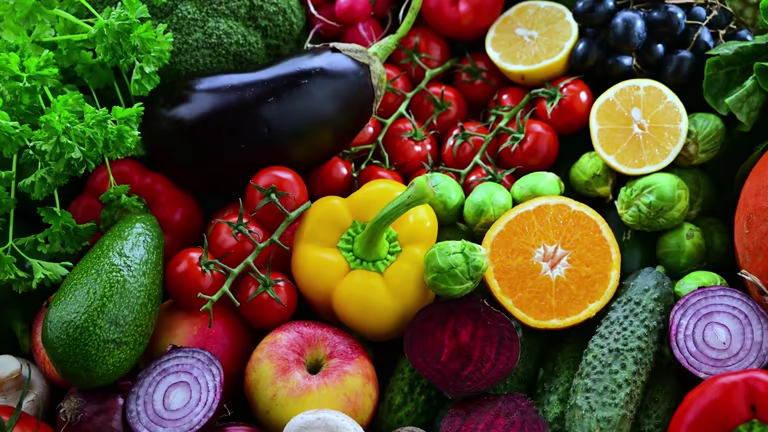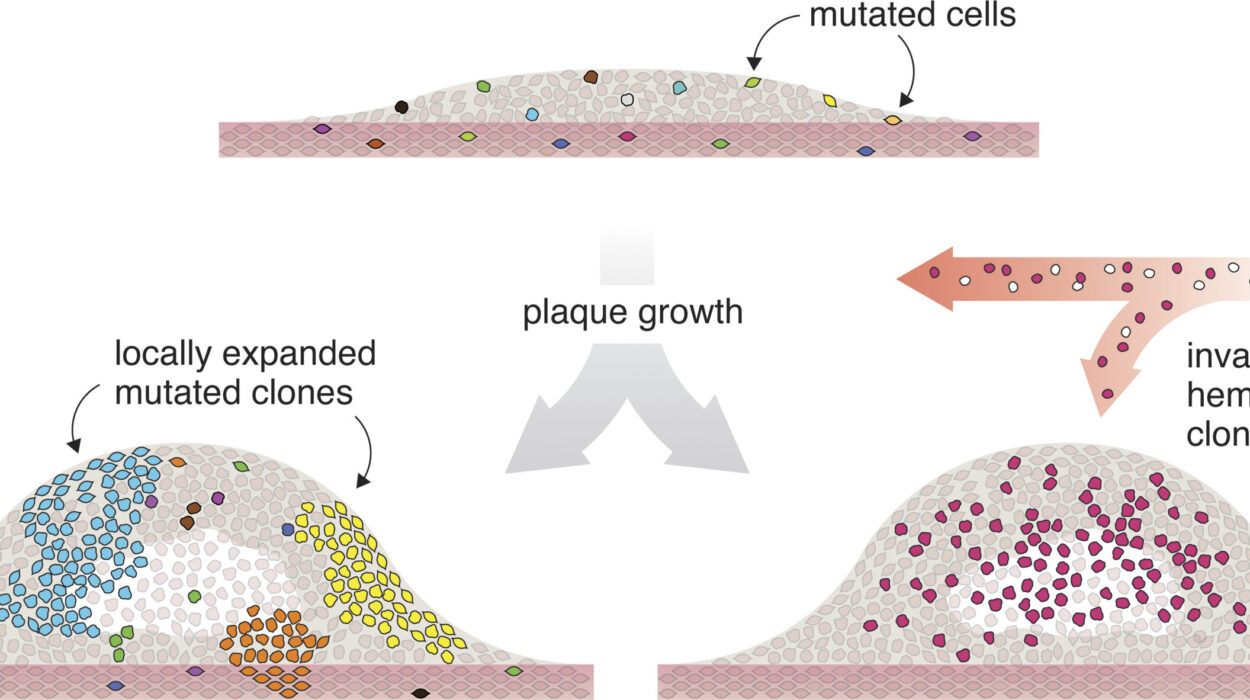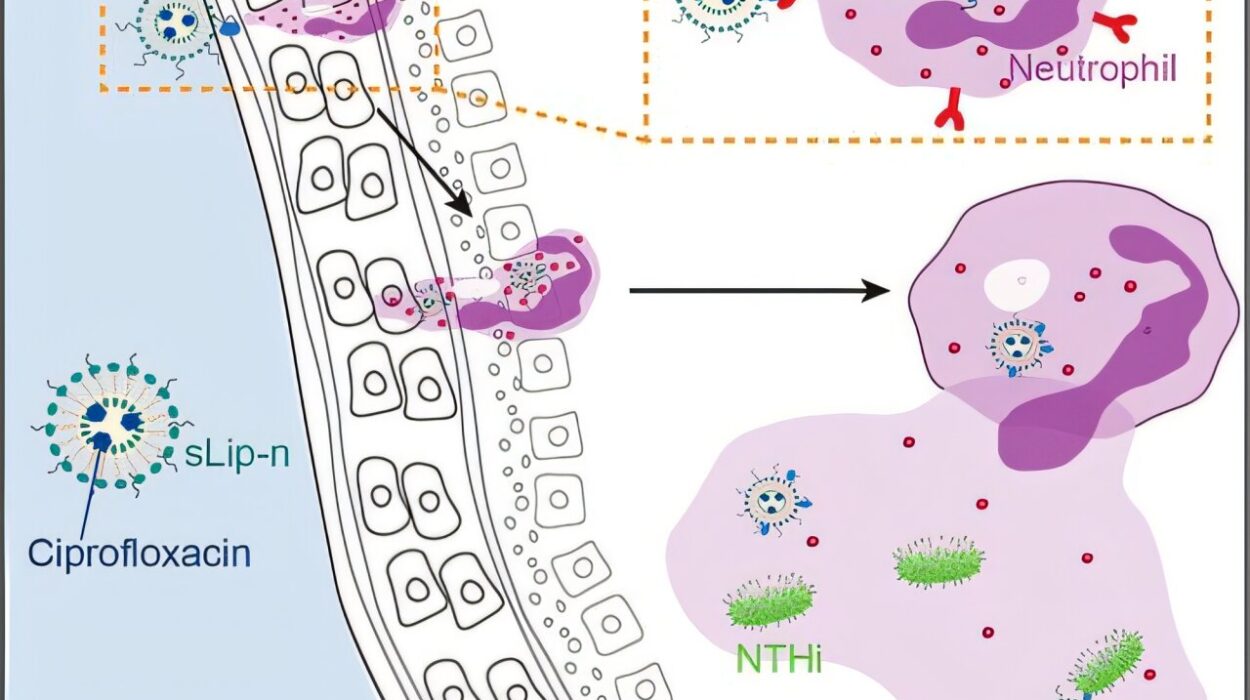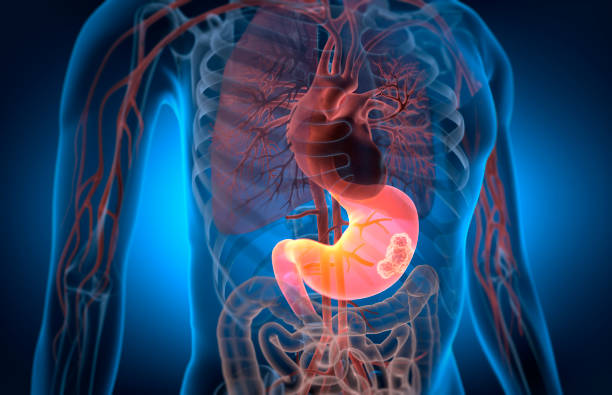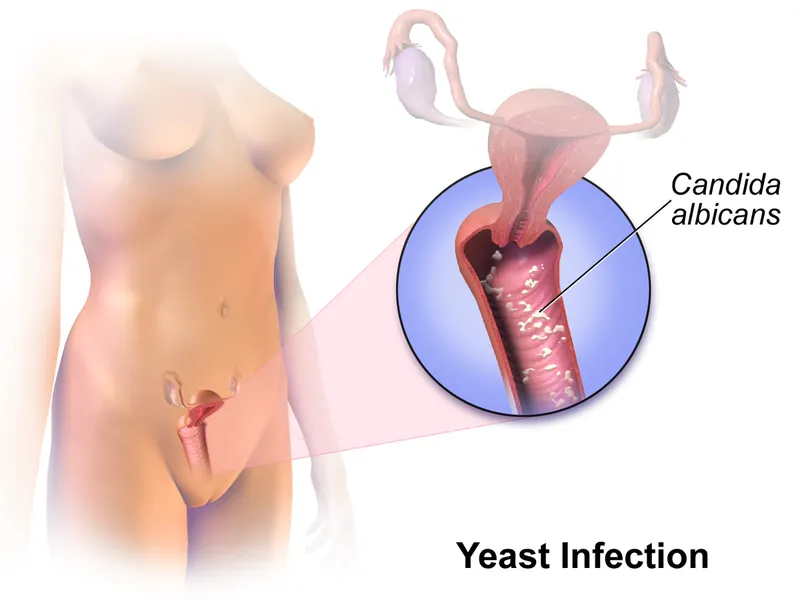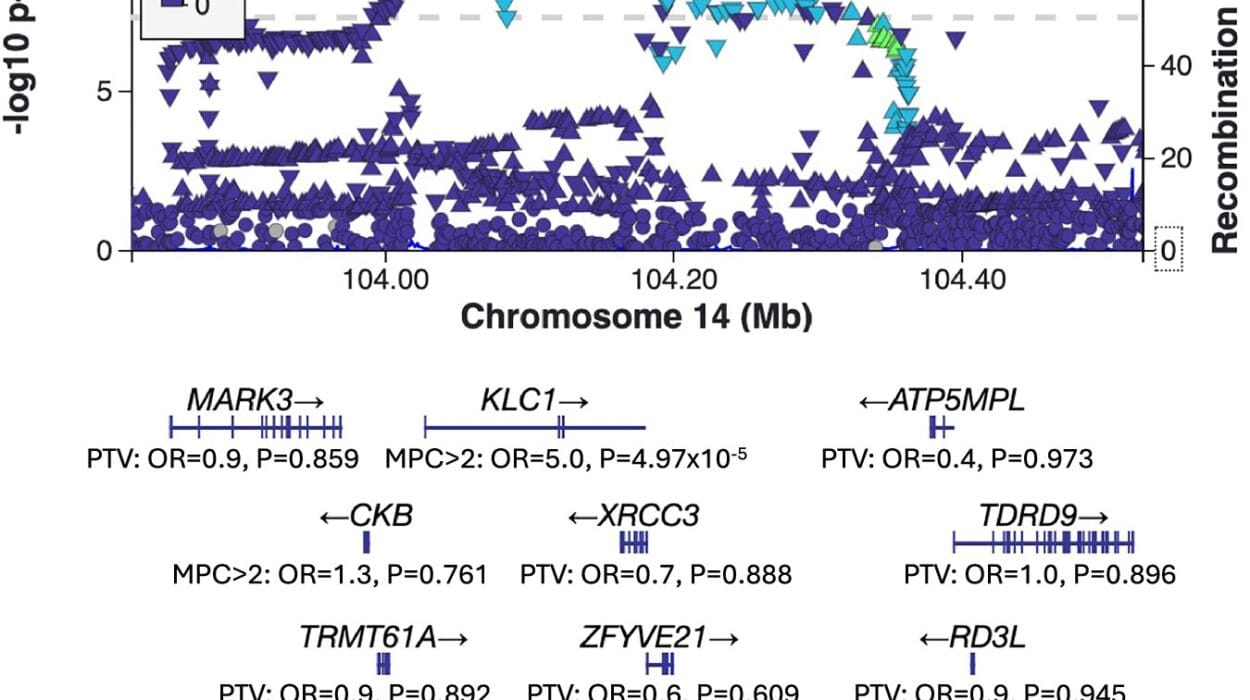Every time we eat, we make a choice—not just about taste, but about health, resilience, and even longevity. From ancient times, the connection between food and well-being has been understood intuitively. Hippocrates, often called the father of medicine, once said, “Let food be thy medicine and medicine be thy food.” In a modern world brimming with pharmaceuticals and advanced medical interventions, we often forget this age-old wisdom.
Yet today, chronic diseases such as heart disease, type 2 diabetes, certain cancers, and obesity-related illnesses are rising globally, and an overwhelming body of evidence links these conditions not just to genetics or environment—but to what’s on our plates. Nutrition, it turns out, is not simply a source of energy or pleasure; it is one of the most powerful tools for preventing illness and promoting lifelong health.
This article dives deep into how nutrition influences the development and prevention of disease, examining not just the science but also the cultural, psychological, and historical contexts of our dietary choices. The goal isn’t to deliver bland instructions or restrictive rules, but to open the door to understanding how daily food choices shape the course of our lives.
Understanding Nutrition: More Than Just Calories
Nutrition is often simplified into a numbers game—calories in, calories out. But that approach overlooks the intricate relationship between nutrients and body systems. Food is not just fuel; it’s information. Every bite we eat sends biochemical signals that influence gene expression, hormone levels, inflammation, immune function, and cellular repair.
The macronutrients—carbohydrates, proteins, and fats—provide the building blocks and energy necessary for bodily functions. Micronutrients—vitamins and minerals—serve as co-factors in essential metabolic processes. Phytochemicals and antioxidants, found mostly in plant foods, offer additional protection against cellular damage.
The role of nutrition in health is not just about deficiency and survival anymore. It’s about optimal health. A diet that’s simply “adequate” might keep you alive, but it won’t necessarily keep you well.
The Foundation: How Diet Impacts Chronic Disease
In the modern world, chronic diseases have eclipsed infectious diseases as the leading causes of death. Heart disease, stroke, diabetes, obesity, and even many cancers are influenced not by viruses or bacteria, but by years of accumulated dietary patterns. Poor nutrition doesn’t kill suddenly—it erodes health over time.
Heart Disease, for instance, is the leading cause of death globally. High intake of saturated fats, trans fats, and refined sugars contributes to plaque buildup in arteries, leading to atherosclerosis. Diets rich in whole grains, nuts, legumes, fruits, and vegetables, on the other hand, have been shown to reduce blood pressure, lower LDL cholesterol, and improve vascular function.
Type 2 Diabetes is another nutrition-driven epidemic. Diets high in refined carbohydrates and added sugars can lead to insulin resistance, a precursor to diabetes. But the condition is not inevitable. Diets emphasizing fiber-rich foods, complex carbohydrates, and healthy fats can prevent or even reverse insulin resistance.
Obesity acts as a gateway to many other illnesses, from joint disorders to liver disease to certain cancers. While genetic factors play a role, the primary driver of the obesity epidemic is excess calorie consumption, particularly from processed and hyper-palatable foods designed to override natural satiety signals.
Cancer too, has dietary links. High red and processed meat consumption is associated with colorectal cancer. Low intake of fruits and vegetables can deprive the body of protective antioxidants and phytochemicals that neutralize carcinogens. While nutrition isn’t the sole cause or cure, it remains one of the most modifiable risk factors.
The Power of Plants: Fruits, Vegetables, and Disease Prevention
The plant kingdom offers a treasure trove of disease-fighting nutrients. Diets high in plant-based foods are consistently linked to lower risks of chronic disease. This isn’t just because plants are low in calories or fat—it’s because they’re rich in bioactive compounds that protect the body at a cellular level.
Fruits and vegetables contain:
- Antioxidants like vitamin C, E, and beta-carotene, which prevent oxidative stress that can lead to cell damage and inflammation.
- Polyphenols, found in berries, tea, and dark chocolate, which reduce inflammation and support cardiovascular health.
- Fiber, which supports digestive health, feeds beneficial gut bacteria, and helps regulate blood sugar and cholesterol levels.
- Flavonoids, abundant in apples, onions, and citrus fruits, shown to improve immune function and reduce cancer risk.
Eating a variety of colors ensures a broad spectrum of these protective compounds. A bowl of spinach offers different benefits than a handful of blueberries or a roasted sweet potato. The synergy among these nutrients creates a defense system far more powerful than any single vitamin pill.
Protein Choices: Not All Are Created Equal
Protein is essential for building and repairing tissues, producing enzymes and hormones, and supporting immune function. But the source of protein matters deeply when it comes to disease prevention.
Red and processed meats, when consumed frequently, are associated with increased risks of heart disease, stroke, type 2 diabetes, and colorectal cancer. This is partly due to their saturated fat content, but also due to heme iron, nitrates, and the compounds formed during high-temperature cooking.
By contrast, plant-based proteins such as legumes, tofu, tempeh, nuts, and seeds are rich in fiber, antioxidants, and healthy fats. Regular consumption of these protein sources is linked to lower risks of cardiovascular disease and improved metabolic health.
Fish, especially oily varieties like salmon and sardines, provide heart-protective omega-3 fatty acids. These fats reduce inflammation, lower triglycerides, and may even reduce the risk of depression and cognitive decline.
Eggs and dairy fall somewhere in between—neutral or even beneficial in moderate amounts, depending on the individual’s health status and overall dietary pattern.
Fats: Villain, Victim, or Vital?
Fats were demonized for decades, blamed for everything from heart disease to obesity. But modern nutrition science has clarified the picture.
Trans fats, found in partially hydrogenated oils, are unequivocally harmful. They increase LDL (bad) cholesterol, lower HDL (good) cholesterol, and promote inflammation.
Saturated fats, primarily from animal products and some tropical oils, are more controversial. While not as harmful as once thought, excessive intake may still contribute to heart disease, especially when replacing healthier fats.
Unsaturated fats, both monounsaturated (like olive oil and avocados) and polyunsaturated (like flaxseed, walnuts, and fatty fish), are vital for brain health, hormone production, and anti-inflammatory effects.
A high-fat diet isn’t necessarily unhealthy—what matters is what kind of fat you consume, and what you’re eating it with. Replacing refined carbs with healthy fats can improve health outcomes, not worsen them.
The Sugar Dilemma: Sweetness with a Cost
Sugar is a paradox in nutrition. It’s natural, it’s energy-rich, and it’s pleasurable. But in today’s processed food landscape, sugar is everywhere—and it’s causing serious problems.
High intake of added sugars is linked to obesity, insulin resistance, fatty liver disease, and increased triglycerides. It fuels systemic inflammation, a root cause of many chronic diseases.
Sugar-sweetened beverages are particularly harmful. They bypass satiety signals, leading to excess calorie intake, and deliver a rapid spike in blood sugar. Over time, this contributes to metabolic dysfunction and increases the risk of type 2 diabetes.
While natural sugars in fruits come with fiber, water, and nutrients that mitigate harm, added sugars in sodas, snacks, sauces, and cereals offer no nutritional value. Reducing sugar intake is one of the simplest and most effective steps you can take toward disease prevention.
The Microbiome: The Invisible Guardian
In recent years, the gut microbiome—the trillions of bacteria living in our digestive tract—has emerged as a major player in human health. These microbes don’t just digest food; they influence immunity, inflammation, mental health, and even weight regulation.
A diverse, balanced microbiome is associated with lower risks of autoimmune disease, allergies, depression, and metabolic disorders. And what shapes the microbiome more than anything else? Diet.
Fiber-rich foods, fermented products like yogurt and kimchi, and a wide variety of plant foods support microbial diversity. By contrast, processed foods, artificial sweeteners, and excess animal fat can harm the microbiome and promote inflammation.
Caring for your gut flora is not just about digestion—it’s a cornerstone of long-term health.
Cultural and Psychological Aspects of Eating
Disease prevention isn’t just a matter of knowing what to eat. It’s also about why and how we eat. Food is deeply intertwined with culture, emotion, habit, and identity.
In many traditional diets—such as the Mediterranean, Okinawan, or Blue Zone diets—eating is a social, mindful experience. Meals are shared, portions are moderate, and whole foods dominate. These cultures have lower rates of chronic disease and greater longevity, not just because of nutrients, but because of patterns, rituals, and attitudes around food.
Contrast this with modern Western eating, often solitary, rushed, distracted, and dominated by hyper-processed, hyper-palatable foods. Our psychological relationship with food—including stress eating, emotional eating, and disordered patterns—can override even the most perfect dietary plan.
Understanding the emotional and cultural dimensions of food is essential for sustainable health. Nutrition education must go hand-in-hand with behavior change, food access, and respect for diversity in eating traditions.
Prevention Through Life Stages
Nutrition plays a preventive role across the lifespan. What you eat in childhood, adolescence, adulthood, and old age shapes not just your immediate well-being but your future disease risk.
- In infancy, breastfeeding provides immune support and reduces risks of allergies and obesity.
- In childhood, proper nutrition supports growth, cognitive development, and long-term metabolic health.
- In adulthood, diet influences chronic disease risk, reproductive health, and work performance.
- In old age, nutrition becomes critical to preserving muscle mass, cognitive function, and immunity.
The earlier healthy eating habits are established, the more powerful their protective effects. But it’s never too late. Dietary changes at any age can reverse risk factors and improve quality of life.
Nutrition and Mental Health
The brain, like any other organ, is shaped by what we eat. Nutritional psychiatry is a growing field showing that diet influences mood, cognition, and mental health outcomes.
- Diets rich in omega-3 fats, B vitamins, magnesium, and antioxidants are linked to lower rates of depression and anxiety.
- Gut health—connected to the brain via the gut-brain axis—plays a role in stress response, mood regulation, and neuroplasticity.
- Ultra-processed foods, high in sugar and additives, may contribute to cognitive decline and mood disorders.
While food is not a replacement for therapy or medication, it can be a powerful adjunct in mental health care. A nutrient-dense diet creates a resilient brain capable of handling life’s challenges more effectively.
The Economics of Nutrition
Access to healthy food is not just a personal choice—it’s a societal issue. In many parts of the world, processed, unhealthy foods are cheaper and more accessible than fresh, whole ingredients. This creates a paradox: those most vulnerable to chronic disease are often those least able to afford preventive nutrition.
Health systems often spend billions treating diseases that could have been prevented by proper diets. Shifting focus from treatment to prevention—through education, food policy, subsidies, and community programs—could transform public health outcomes.
From schools to workplaces to grocery stores, making healthy food the default rather than the exception is a moral and economic imperative.
Final Thoughts: A Vision for the Future
Nutrition is not a cure-all, but it is one of the most powerful tools we have to prevent disease. It is accessible, modifiable, and daily. Unlike genetics or accidents, food is a factor we can influence—one meal at a time.
Imagine a world where hospitals prescribe vegetables alongside medication. Where schools teach cooking and gardening as essential skills. Where communities are built around access to fresh, affordable food. Where health is not just the absence of illness, but the presence of vitality, resilience, and joy.
That world begins not with policy or science alone, but with the simple act of choosing what to put on your plate.
Because in the end, food is more than sustenance. It is a language of care, a practice of self-respect, and a celebration of life.
Eat wisely—not out of fear, but out of love for the life you’re building, one bite at a time.
